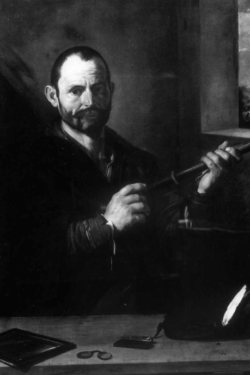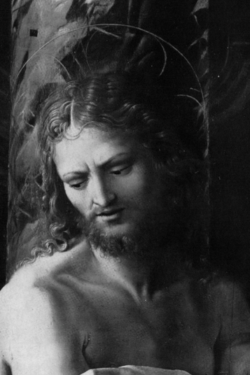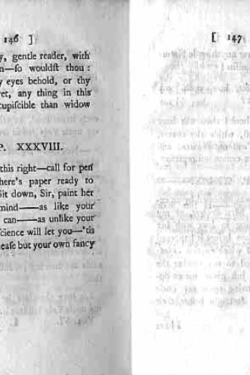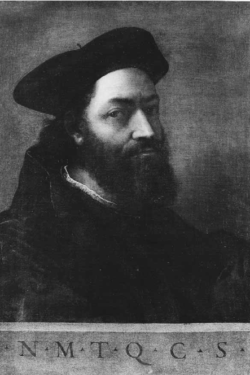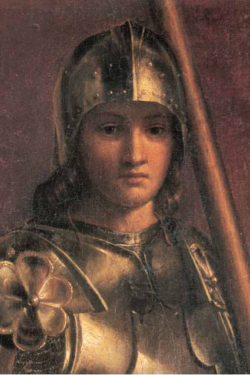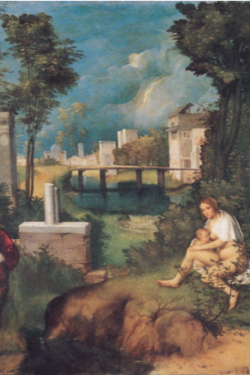Descrizione
Storia dell’Arte 110, Gennaio – Aprile 2005
John E. Gedo
Piazzetta’s pastorales: disguised complexities
Since the picture came to light over eighty years ago, the subject of the Piazzetta Pastorale now at the Art Institute of Chicago has been a mystery, although most writers have been in agreement that what seems on the surface mere popular genre probably has some higher or recondite significance – sociological, erotic, even religious. Some scholars, notably Rodolfo Pallucchini, tend to deny that any narrative is intended; in support, they point to the fact that, in an Inventory the artist prepared for Field Marshal von der Schulenburg in 1741, Piazzetta himself described his picture merely by listing the components of the composition. It does depict a woman, a child, two young men, two dogs, and a duck. Nonetheless, there is wide consensus about the judgment that the Chicago painting and two equally puzzling works, the so-called L’Indovina (Pastorale) at the Accademia, Venice and the Idyll at the Beach (Pastorale) at the Wallraf-Richartz Museum in Cologne, constitute one of the summits of genre painting in Italy. Moreover, most scholars believe that the meanings encoded in the three works can only be grasped if these are considered together, as one interrelated ensemble.

